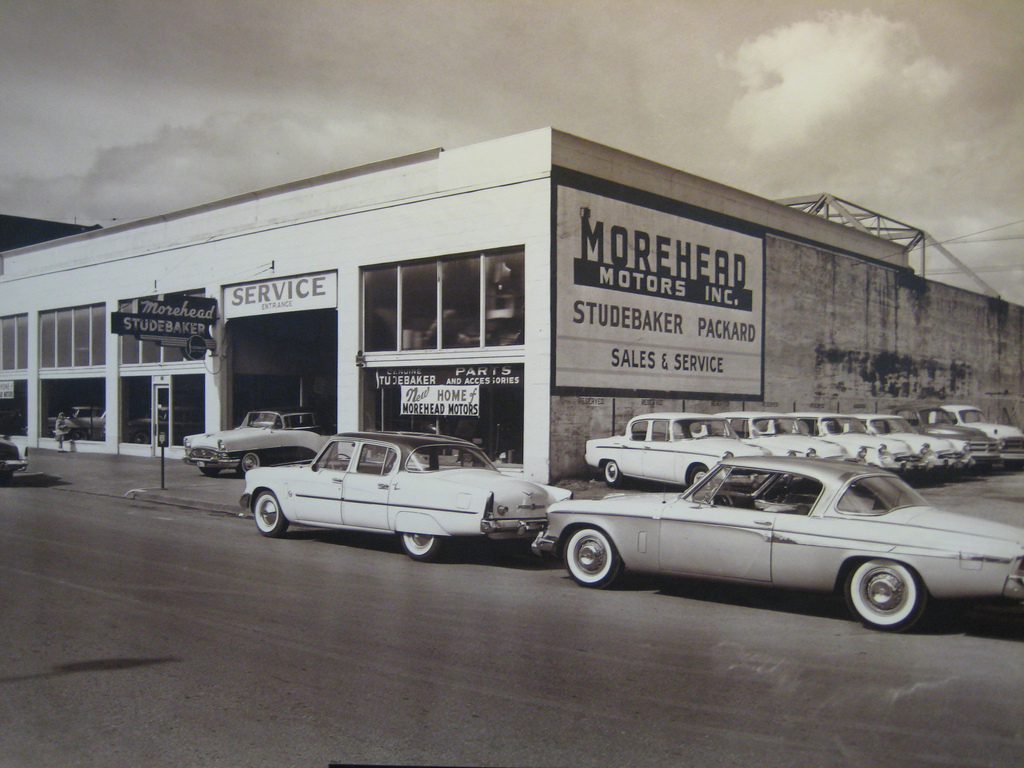Heading To The Dealership? Here’s How To Beat Them At Their Own Game

I never was a big fan of my ’98 Rav 4. The power locks didn’t work. It had the gas mileage of a bigger SUV and about a quarter of the power. I had to replace the water pump. It kind of smelled like dog and the CD player ate my copy of Sabotage. My friends called it “The Barbie Jeep,” because, well, that’s what it seemed to be modeled after.
But when it started leaking oil like someone had nicked an artery, I wasn’t too excited about the prospect of investing in a new car. Somehow, continuing to drive around in that four cylinder, gas guzzling beach buggy wannabe suddenly seemed more appealing than dropping a few thousand at the dealership.
Just the idea of going to the dealership, much less spending all that money, didn’t appeal to me at all. Going to a car dealership is a unique consumer experience; it’s not like going to a grocery store or even an electronics or appliances store. In those places, you can feel free to browse for smaller, less expensive items while scoping out the big ticket deals. There’s no pretending you’re only interested in purchasing an air freshener when you walk into a car dealership, though. You’re either there to buy a car or you’re there to waste somebody’s time.
It also doesn’t help that car dealers may not always have their customers’ best interests at heart. This motion graphic lays it all out pretty clearly: there are some tricks that the less scrupulous members of the car dealing profession employ to get the most from unsuspecting customers.
And when I say unsuspecting, I don’t necessarily mean uninformed. 90 percent of people do some research online before they buy their car, which is always a good idea. It’s probably a good thing car dealerships aren’t really conducive to browsing, since when you’re making such a big purchase, you probably want to get the majority of your information from a place that doesn’t have a vested interest in getting as much money from you as it can.
But, like that motion graphic demonstrated, even if you know the exact model you want and can identify the dealership with the best price, even a thorough search won’t save you from some of the more savvy techniques they’ll pull when you’re actually ready to start signing some paperwork.

You’ve found the right car, at generally the right price and the dealer has generously made the offer to simplify things for you and do all the bargaining for the sticker price, the down payment, the trade-in value of your beat up old car – the old Rav 4 was worth her weight in scrap metal – and monthly payments all into one easy transaction. Sounds good, right?
The truth is, you can save a lot of money if you insist on negotiating each of those four items separately rather than allowing the dealer to trick you into believing you’re getting some sort of amazing bundle deal. Also, if you negotiate on the phone rather than in person, it makes it a lot tougher for the dealer to pull the four square method on you.
You know how your dad always told you to read everything that you sign? And how years of mindlessly clicking “accept” on software license agreements has kind of dulled your sense of when a contract doesn’t have your best interests at heart? Well, when you’re buying a new car, you’re going to want to take a closer look at the official invoice than you do at your iTunes update agreement.
Easier said than done, though. Those things come with a lot of fine print, so what exactly should you look for? Well, for starters, check for any fees that have anything to do with “dealer prep” or “additional dealer mark-up” on them. These are the terms you want to squeeze as low as you can go because they’re not essential to the price of the car. Plus, it’s a good idea to try and go through line for line and if you don’t know what something is, just ask. After all, you’ll be paying for it if you don’t.
Okay, if you’re on a tight budget and have it worked out exactly how much you can afford to spare every month, it might be tempting to tell the dealer what that monthly figure is. The dealer might be able to bring your monthly payments down to exactly that level. But the catch is, if you’re just working on the payments, that means you’re probably paying for it in other areas, like on your trade-in, and you’ll also get stuck with an extended loan agreement.
It’s much better to negotiate the actual price first and then start talking about your monthly payments. It’ll save you more in the long run and still allow you to stay within your monthly budget.
Hopefully this has given you some ammunition to use next time you make a pilgrimage to your local dealership; if G.I. Joe taught us anything, it’s that knowing is half the battle.
